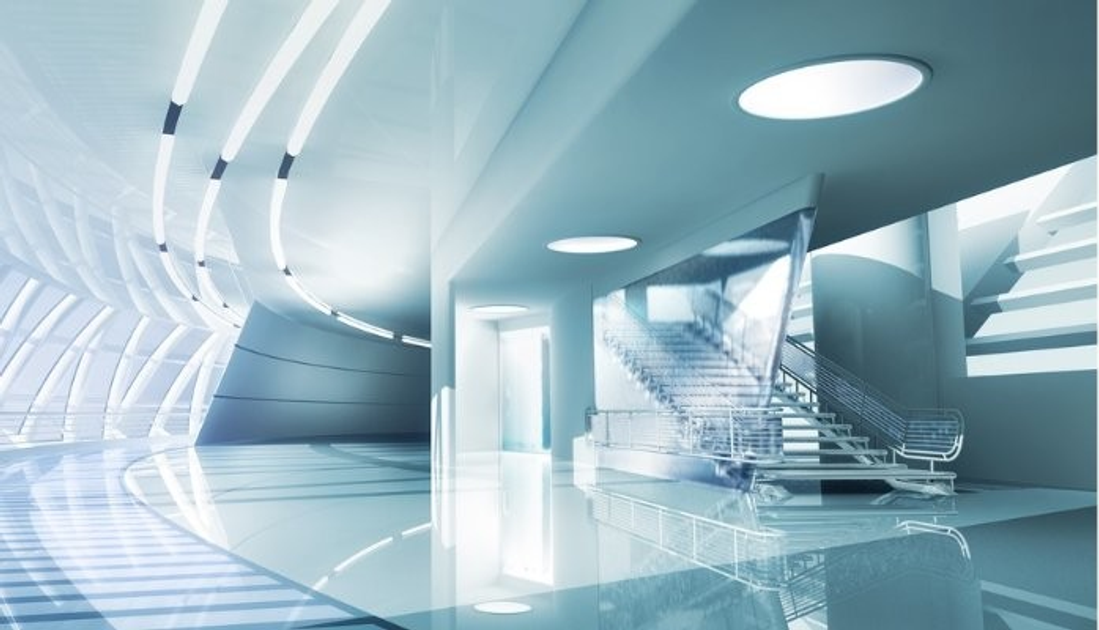Why Use LEDS Instead of 400-Watt Metal Halide Bulbs
By Leah • Nov 05, 2018
Are You Using the Right Lights for Your Facility?
Part of effectively managing your facility is making sure that the technology you’re using is up-to-date. If you’re currently using Metal Halide (high-intensity discharge) bulbs rather than LED bulbs, you’re putting your facility at a disadvantage—you need to make sure that you’re actively working to identify every opportunity for energy savings that you can. At OEO, we make sure that you have all the information you need before you decide on an LED replacement for your existing fixtures. We’ve listed some key reasons below for why you should look into making the jump today.
Efficiency
While 400-Watt Metal Halide lights start with a high lumen count, that number quickly dissipates. In the first six months alone, a Metal Halide bulb may lose up to 20 percent of its output. An LED not only offers more lumens initially, but it retains them longer for sustained light output.
Operating Life
The easiest way to drive up operation costs is to make unnecessary purchases—when it comes to LED bulbs from OEO, you won’t have any doubt about whether the solution you purchased is right for you. The average lifespan of a Metal Halide bulb is around 15,000 to 20,000 hours. That number might not seem insignificant but compare that to the 100,000 hours that you enjoy with an LED solution—it’s hard to rationalize purchasing a product that only lasts, at most, one-fifth as long as its competition.
Energy Savings
How much better are LEDs than Metal Halide bulbs? You’ll enjoy optimal energy savings without having to suffer through any decline in light output. In some cases, LEDs can offer the same number of lumens as a conventional Metal Halide bulb while only requiring a little over a third of the watts. There’s no contest—your new solution will be better for the world around you and look a whole lot nicer on your monthly energy bill.
Reduced Maintenance
One of the more frustrating costs that consumers must endure is maintenance—the more inefficient your bulbs are, the more likely you are to have to pay a fortune in repairs. Why replace three times (with a worse solution each time) what you only have to change once? LED bulbs last significantly longer, and don’t come with nearly as many problems.
Light Quality
Sure, a low energy bill is nice—but isn’t this blog all about lights? Luckily for you, LED lights burn brighter in addition to being a more cost-effective option. You’ll be able to enjoy optimal levels of brightness without having to worry about whether you’ve installed the right solution. It doesn’t matter if you’re more budget-conscious or concerned about the environment; LEDs are the perfect choice for any facility.
